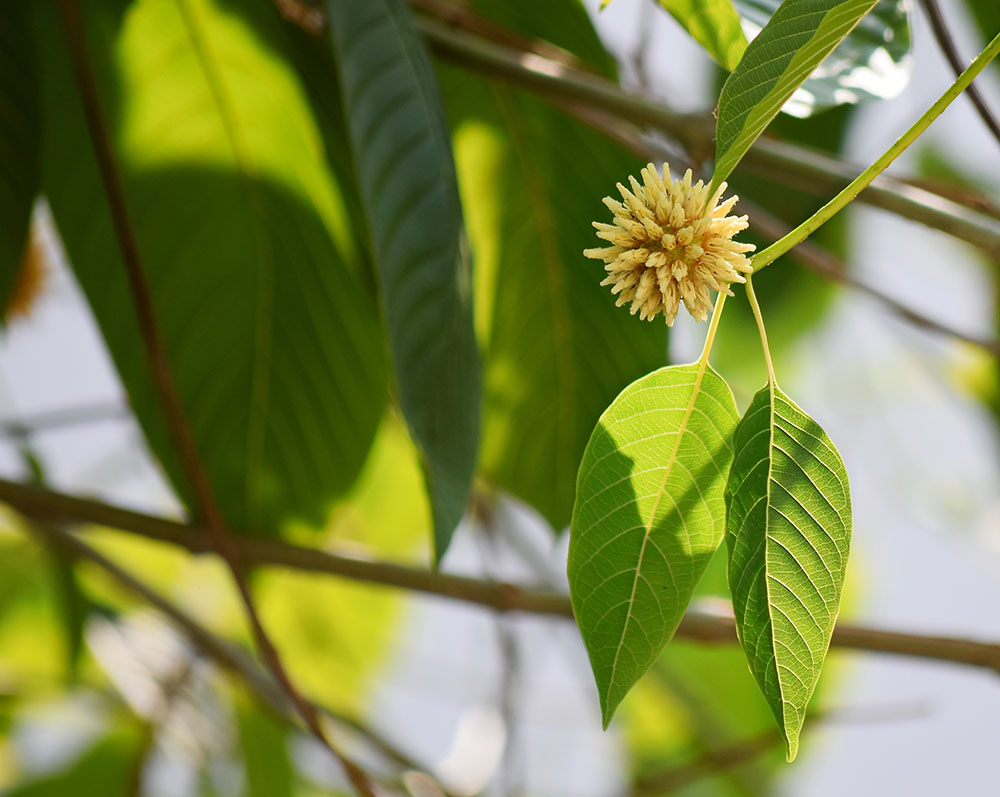Kratom is an unusual, natural substance consumed in Asian countries including Thailand and Malaysia, since the early 1800s, to help treat anxiety and depression, alleviate fatigue, promote strength, relieve chronic pain, PTSD symptoms, diarrhea and combat lack of energy.
Kratom – thom, biak, ketum, kakuam or thang – is mostly consumed orally in gel capsule form, but its leaves (from kratom trees) can also be crushed and chewed, smoked or brewed with tea. At low doses, it has a similar, stimulating effect one would get from drinking a strong cup of coffee. At higher doses it is a powerful sedative and painkiller, and arguably an addictive one.
DEA Ban
Because of claims the substance can be addictive and abused, the US Drug Enforcement Administration (DEA) announced they intend to make Kratom a Schedule I drug – grouped with LSD, heroin, marijuana, and ecstasy.
Around the same time last month, the US Food and Drug Administration (FDA) alerted the public that it will be detaining supplements that contain Kratom without any physical examination.
The federal agencies are yet to evaluate the substance but claim there’s no legitimate medical use for Kratom in the United States, and that it has caused psychosis, hallucinations and other dangerous side effects in its users.
The DEA also linked 15 deaths to the use of Kratom in the last two years, but 14 of those 15 people who died also had other drugs in their systems. That’s a very small number when you take in consideration millions of doses are being consumed regularly around the US. The number of people who allegedly died after consuming Kratom doesn’t even come close to the number of kids who die every year from being trapped inside hot vehicles.
Pros vs. Cons
One of the best assessments available so far regarding the drug’s effects can be found in a study published last year in the Journal of Psychoactive Drugs. After stating that there hasn’t been any rigorous scientific research regarding Kratom and humans, the study analyzed hundreds of profiles from a popular website for drug users and drug researchers. Researchers then… (continue reading)
















